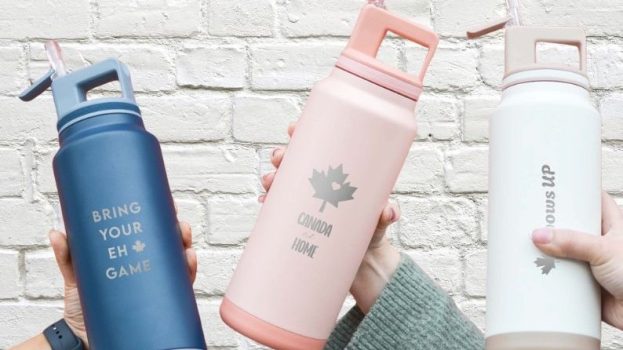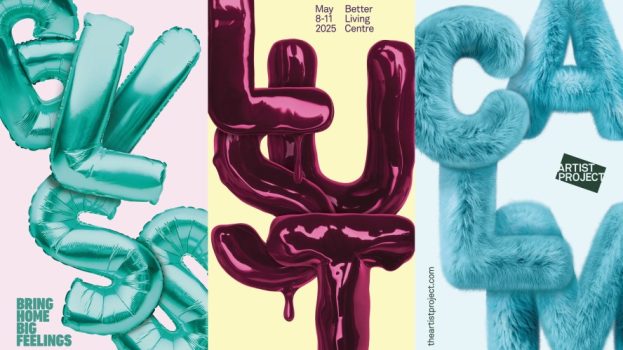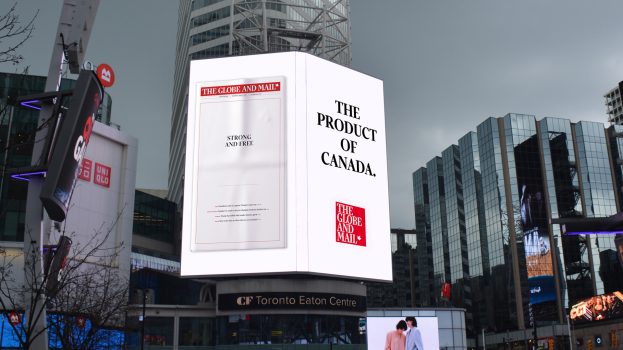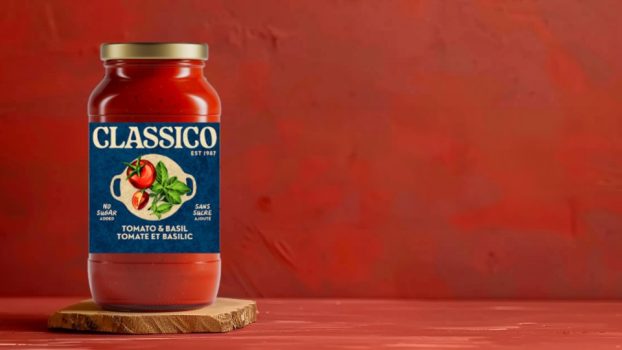Measuring the effectiveness of any advertising is hard, but measuring the impact of a small, one-off street marketing campaign can seem downright impossible. What exactly is the value of a street team wearing space helmets in downtown Toronto? And does anybody care?
‘Surprisingly enough, ROI has not been a huge priority for our clients,’ says David Nichols, VP business development and a founder of Vancouver-based Inventa Sales & Promotions. ‘Rarely do they ever actually go back and do the research on just a guerrilla campaign.’
That’s not to say that clients aren’t interested in the metrics of the campaign. They’re keeping a tight eye on what it’s costing them, how many samples are being distributed, the number of promotional pieces given away and the number of consumers intercepted. But these numbers tend to measure the audience reached by the campaign, rather than its impact on the brand.
To Nichols, measuring a campaign’s effectiveness can only be done through an independent research company hired to conduct unbiased, qualitative research after the fact. The problem is that most of his clients aren’t willing to pay for it. ‘There’s lots of buzz, but not a lot of people who are willing to spend the money for every single program. They’re looking at the cumulative effects of all of their campaigns.’
Other agency heads concur.
‘Five to 10% of your marketing budget should go to research after the fact,’ says Mike Smith, CEO of Toronto-based CIM. ‘Not a lot of companies are doing that.’
Richard Parkinson, director of marketing at Wrigley Canada, agrees that no marketer should embark on an effort without some level of measurement system in place, but he confesses that no specific measurement is planned for Wrigley’s upcoming sponsorship of a national urban street game called The City Chase (see page 12 for details).
That’s because that kind of marketing will only be effective as part of a wider overall brand strategy that can be ‘brought to life’ for some consumers through street-level activity. In other words, much guerrilla marketing is expressly designed to enhance ongoing brand advertising, rather than to demonstrate ROI in its own terms.
That said, Nichols would like to prove definitively that guerrilla tactics have a major impact on sales. He cites one instance of research conducted on an Inventa program that found that every consumer touched by the campaign had the potential to impact 16 purchases per year.
The first problem with measurement of that kind is that it’s product-specific, and generally not shared. The second problem is that there just aren’t any commonly accepted measurement tools. But that’s not to say that there won’t be someday.
Nichols sits on a committee called the Event Marketing Council within the New York-based Promotional Marketing Association. The group hopes to provide the guerrilla marketing industry with an opportunity to come together, spend some money on research, and find a standard that will help clients get an accurate reading of the kind of effect street marketing has on their brands. But as Nichols says, ‘guerrilla marketing is still in its youth stage,’ and measurement has a long way to go.
In the meantime, marketers will have to make do with more general data assessing the effectiveness of going guerrilla.
In 2003, Greg Gallo and Mike Kronick of Free for All Marketing in Toronto hired Environics Research to conduct a poll of 2,000 Canadians to measure consumer perceptions of the effectiveness of guerrilla campaigns. In total, 39% of Canadians reported that they had ‘started purchasing a product regularly after having received a free sample of it.’
When asked which ‘would have the greatest influence on your likelihood to purchase a product?’ 34% of Canadians selected ‘a TV, newspaper or magazine ad,’ 28% chose ‘reading an article or seeing a story in the news,’ and 26% picked ‘getting a free sample.’ By comparison, only 3% selected ‘an Internet ad’ and 1% ‘a telemarketing call at home.’
Another useful benchmark was calculated by Max Lenderman, partner and CD at Gearwerx, a youth marketing company based in Montreal. He says that a simple sampling program implemented by his company comes out to about $.50 per consumer. Conversely, advertisers who paid $2.5 million for a 30-second TV spot in the Super Bowl this year paid roughly $1.61 for every viewer they reached.
But that number says little about the quality of the impression created, and it ignores completely some other useful metrics, including purchase intent, brand loyalty, conversion rate and the consumer experience.
Inventa’s Nichols says that the next level of measurement involves a call to action in the form of a coupon or a Web site. He cites a campaign that Inventa did for Oregon-based Ben & Jerry’s ice cream last summer. A street team featuring mascots dressed as cows handed out high-value coupons for a free tub of ice cream. The redemption rate was above 50%. According to Nichols, that rate measures not only the number of coupons redeemed, but the number of consumers who ‘took that coupon, remembered the interaction they had, and then went through the purchase behaviours to get the product.’ In other words, it measures a high value of consumer interaction.
Free for All used a similar tactic for Visine last fall when it promoted the product specifically for the relief of dry eyes caused by office eye strain. A street performance combined with product sampling in target office complexes drove traffic to visit www.visine.ca. During the period of activity, Web site traffic increased by more than 80%, demonstrating not only reach, but also impact with consumers – at least enough to get them to visit the site.
Another useful metric that Nichols offers his clients is the ‘bull’s eye’ rate, or the number of consumers who see the campaign who are in the heart of the client’s target market. As an example he cites the Nike Test Drive program, which offers runners a chance to test drive a pair of Nike shoes.
‘The objective with that campaign was to reconnect with core runners,’ Nichols says. ‘The measure of that objective is, if the target market is core runners, what percentage of the one-on-one interaction do we have with that target market? For Nike, 80% of the people we talked to are exactly the people they need to talk to.’
Perhaps the best way to prove the efficacy of guerrilla tactics is measuring the residual effects of the campaigns themselves.
That’s what Free for All marketing did for the Reactine ‘Bubbleheads Brigade’ campaign, conducted in conjunction with Environics Communications in 2002. Over the course of two days at the beginning of allergy season, Free for All sent out 60 staff sporting dome-shaped helmets that stated, ‘I forgot to take my Reactine today.’ The team went about daily activities – waiting for buses, reading the newspaper, walking to work – in high-traffic, targeted public locations.
The goal was to build an association between Reactine and allergy season relief.
To measure the residual impact of this effort, Free for All staged consumer intercept surveys in the same locations one, three, and five days after the Bubblehead Brigade appearances. Sixty-one per cent of those surveyed recalled having seen the characters, and 62% of those consumers could identify Reactine as the brand.
That’s not a bad number, but most guerrilla marketing firms want something more.
‘I’ve heard the term ROE before,’ says Lenderman, ‘for return on experience, but a lot of people are struggling with how to get to that.’
___________________
sminogue@brunico.com























